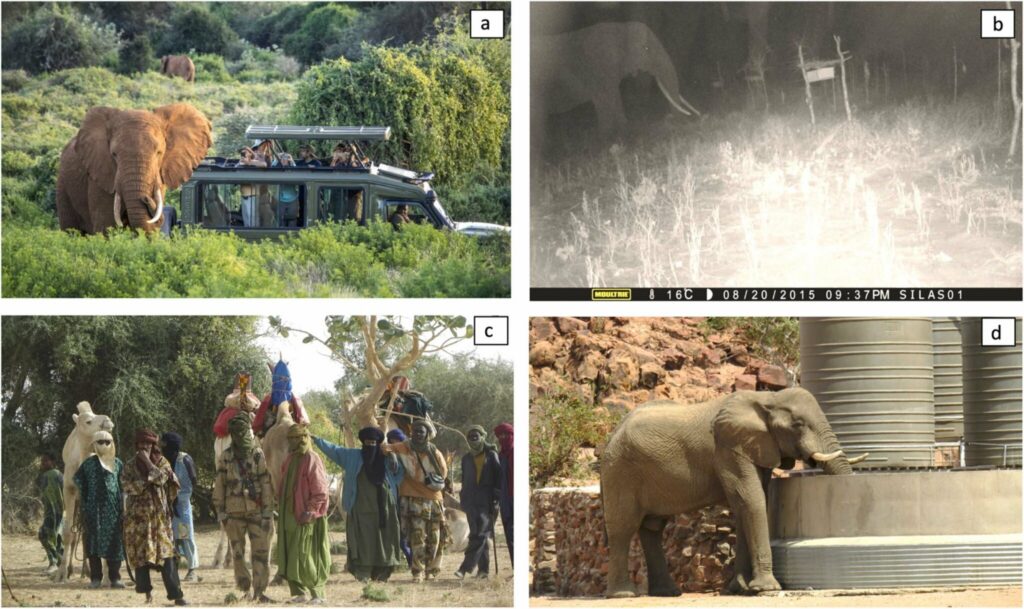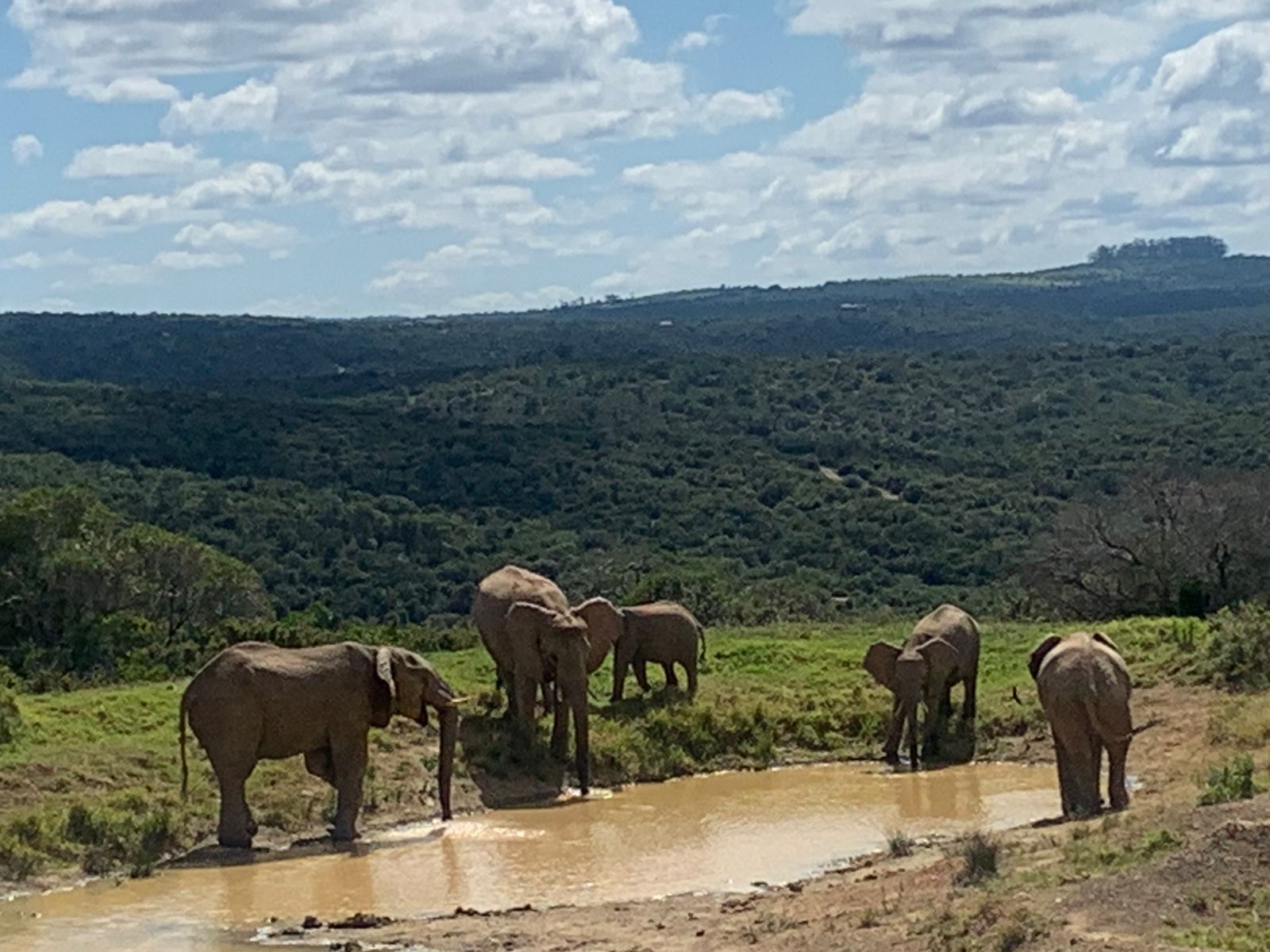The first chapter of Antoinette’s PhD has just been published in the scientific journal Conservation Ecology and Conservation. In the paper, the authors present the TUSKER framework to balance elephant conservation with human well-being and realise more sustainable and just conservation policies.
Global Ecology and Conservation – 20 May 2022, e02165
By Antoinette van de Water – Enrico Di Minin – Rob Slotow
Nature’s contributions to people diminish when people are alienated from nature. We developed a framework to help support more sustainable people-nature interactions in the context of the conservation of African elephants (Loxodonta africana and L. cyclotis). Elephants are iconic, and ecologically, culturally, and socio-economically important, but are also competing and in conflict with people who still benefit little from elephant conservation. We demonstrate how this framework can be used to address challenges over elephant conservation and management, and help achieve human-elephant coexistence, by (i) balancing integrity of nature with social cohesion and human wellbeing, and (ii) moderating the use of nature through widely accepted values, aspirations, and rights. The framework provides mechanisms for policymakers and managers to improve existing community-based conservation initiatives, promotes equitable policies for elephant conservation, and can be applied to the conservation of other iconic species that pose management challenges.
Read the full article here: Global Ecology and Conservation – 20 May 2022, e02165

